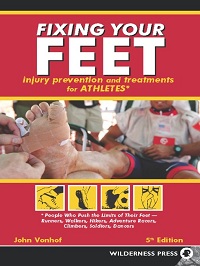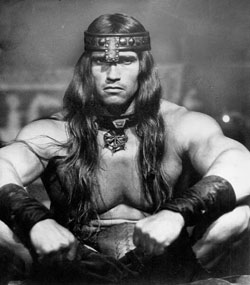 Fevre Dream
Fevre Dream
by George R.R. Martin
An Australian friend gave me this book after a night of discussing our favorite literature. He told me, “I read this before ‘A Song of Ice and Fire’, so I never thought of Martin as a fantasy writer.” I hate spoilers and giving away major plot points before, yet the first paragraph of the book description (published by Fantasy Masterworks) is subtle enough, and the most I’m comfortable with sharing:
The Fevre Dream was one of the finest steamboats ever built, the pride of its captain, Abner Marsh. But as it sails the length of the river, the rumours begin about Marsh’s enigmatic partner, Joshua York. He eats only at midnight, and in the company of friends who are never seen during the daylight hous; and a trail of terrible deeds along the shores follows in the Fevre Dream’s wake.
Fevre Dream is an outstanding exposition of Martin’s pure writing ability. One critique of the ASoIaF series could be that Martin seems to let the grandiose-ness of the story get in the way of telling it; there are so many plots and story lines. Fevre Dream has a controlled story line that is told from the third person, yet the perspective of only two different characters. There is a dash of specific language change based on which character is the focus, but not as intimate as in the ASoIaF series. The book is about 350 pages, so about a third of what his average book length is in ASoIaF.
The result is a beautifully painted story full of historical accuracy, beautiful scenery, compelling characters, and, of course, exquisite food. The setting of the story is on the United States mid-western river systems in the 1700s. I don’t know anything about steam boating, but it sure seems like Martin does after reading his detailed accounts of shipments, crew, and names. Martin doesn’t drone about these topics, but interweaves them seamlessly into the story. Martin’s strength has always been his style; the voice and flow will go down as some of the best in American literary history. Martin paints beautiful scenes, whether it’s the twilight warmth floating down a river or the inevitable pungent stink associated with New Orleans sewers and morals. Compared to ASoIaF, there are only a few characters, yet their personalities are vibrant, real, and speak out to us. Every action they conduct fits the form of what Martin has built in our mind. And the food! My gods, the food! Take one look at a picture of Martin and you know that he is a fan of luxurious dishes, and Abner Marsh in Fevre Dream does not disappoint:
There was turtle soup and lobster salad, stuffed crabs and larded sweetbreads, oyster pie and mutton chops, terrapin, pan-fried chicken, turnips and stuffed peppers, roast beef and breaded veal cutlets, Irish potatoes and green corn and carrots and artichokes and snap beans, a profusion of rolls and breads, wine and sprits from the bar and fresh milk in from the city, plates of new-churned butter, and for dessert plum pudding and lemon pie and floating islands and sponge cake and chocolate sauce.
I don’t show you this quote just to give you an idea of the food, but also Martin’s presentation. The entire description is one sentence in order to overwhelm us in the same way that we would be overwhelmed if we were sitting at that table. He’s good, that Martin, damned good.
Make no mistakes, this book is a classical horror novel. However, instead of just shock value — and there is some — it approaches the story almost like a science fiction novel. Moral questions are posed, whether to the characters or rhetorically. We learn, once again in a Martin story, that the world is not black and white, good and evil. We all sift through the gray, making our choices along the way.
My suggestion to you is that if you love quality writing, a compelling plot, and beautifully descriptions, then let George R.R. Martin give you a ride on the Fevre Dream. You’ll never forget it.
I give this book five stars.




